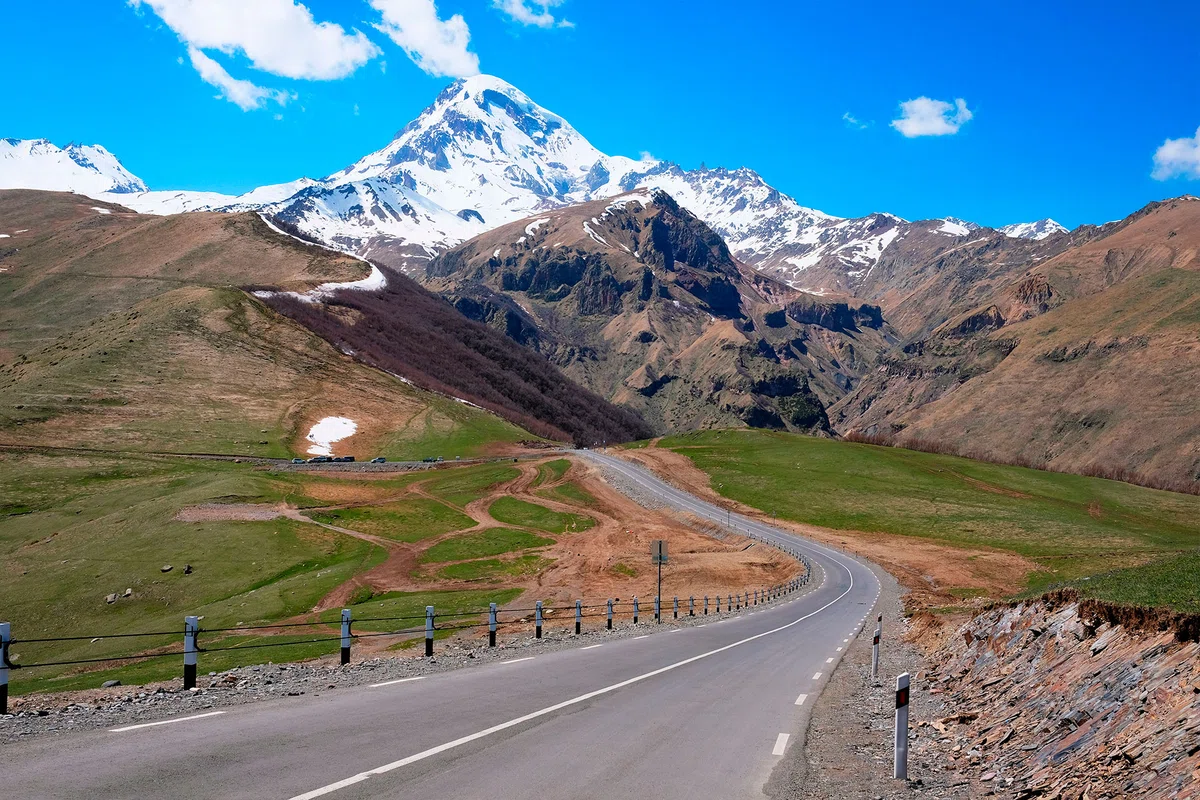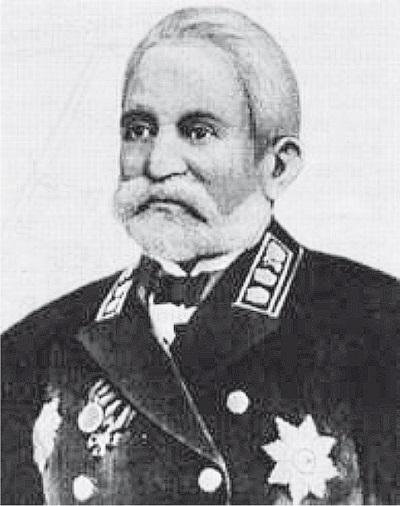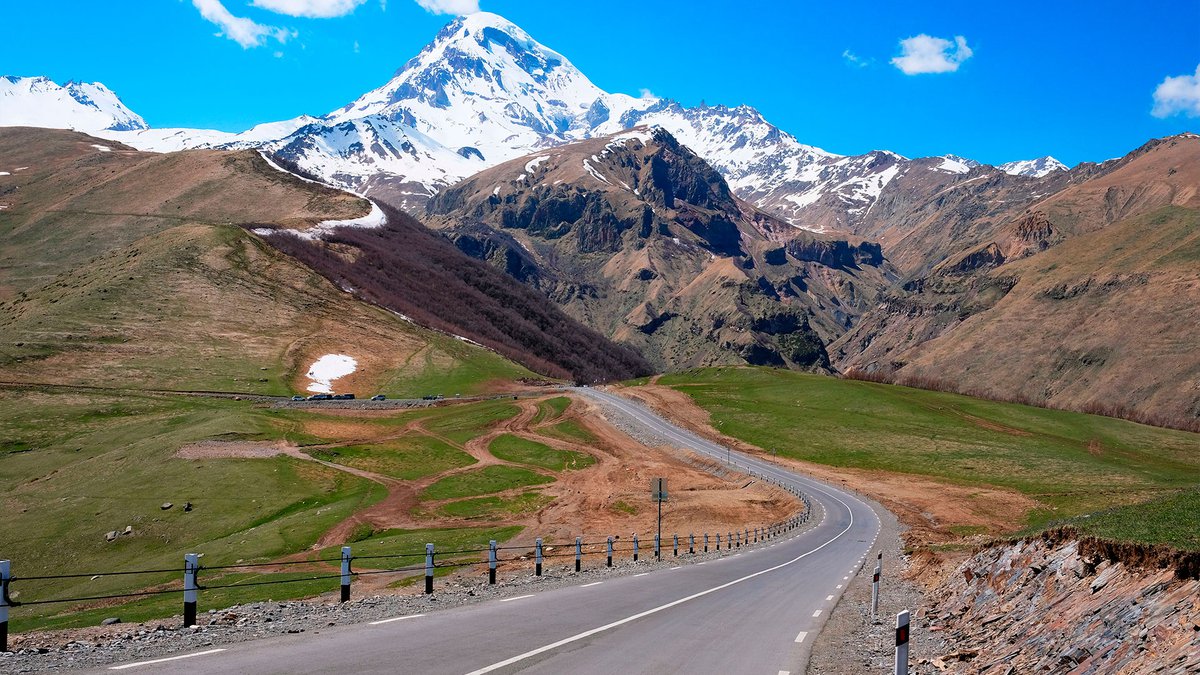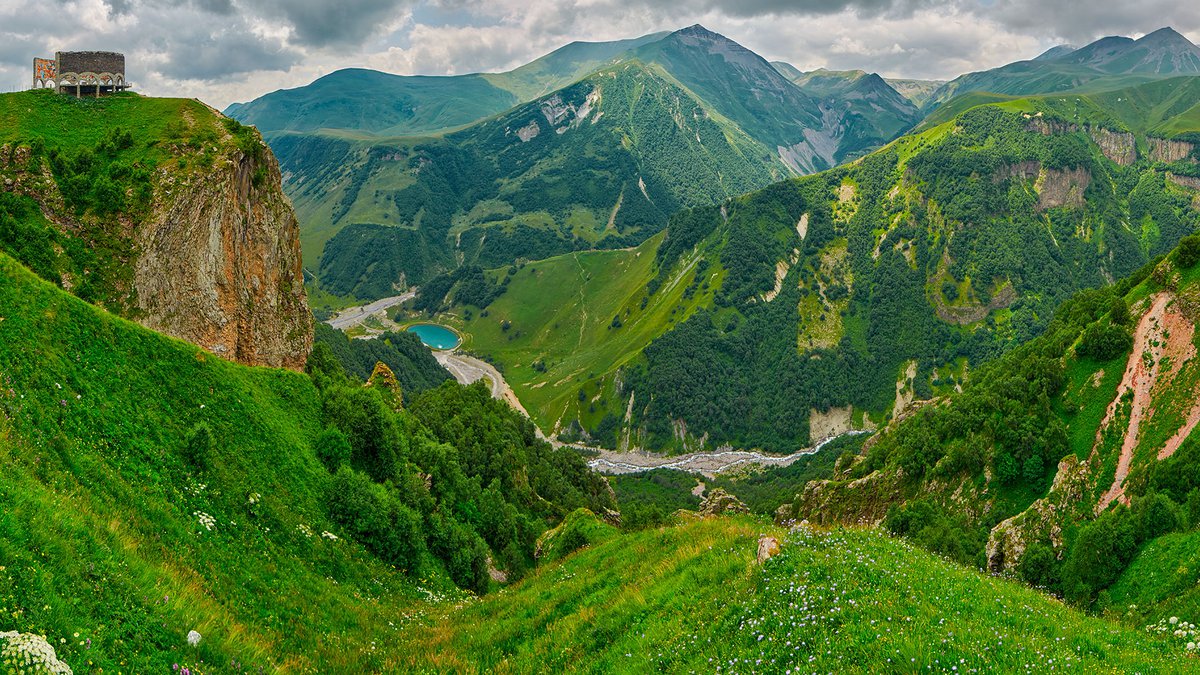
Who is Boleslav Statkovsky and what does he have to do with the Military-Georgian road?
There is a three-story building in Tbilisi that used to belong to a Polish engineer named Boleslav Statkovsky. Who is he and how did he end up in Tiflis, and what is he known for?
Learn more about the history of Georgia⬇️
In Tbilisi, there is a three-story house that previously belonged to the Polish engineer Boleslav Statkowski. Who is he, how did he end up in Tiflis, and what is he known for?
All of this is told in the article.
The Military Georgian Road
The Military Georgian Road is the main ground transportation route connecting Russia and Georgia, spanning 208 km in length. The mountain road is dangerous, but incredibly scenic throughout the year. During unfavorable weather conditions, such as snowstorms and avalanches, the road is closed and vehicles must wait in a long line until it is safe to proceed. However, all of these difficulties fade away once you hit the road, as the beauty surrounding you takes your breath away!
A trip along this road can be considered a full-fledged excursion. It passes through the Darial Gorge, with the highest point being the Cross Pass at 2,379 meters above sea level, before descending into the valley of the Aragvi River. Several interesting tourist attractions can be found along the river.
This is a historic route that was used by trade caravans and nomads in ancient times. Regular communication between Russia and Georgia began here in 1799. Periodic work was carried out to reinforce and improve the condition of the road, and attempts were made to bypass the dangerous Cross Pass, but nothing worked.
In the mid-19th century, a young engineer named Statkowski arrived in Tiflis. He was tasked with improving the Military Georgian Road. After the work was completed according to his design, the road was opened on August 30, 1861.
During the Soviet era, the road was repaired, bridges were updated, turns were slightly straightened, and the road surface was widened. After World War II, regular bus services were established.
Passengers who rode on overcrowded buses recall the extreme crossing over the Cross Pass on a narrow road, right on the edge of a cliff. From the window, you could see the pebbles flying down from under the wheels. And be amazed at how the bus managed to successfully overcome such a difficult path.
Boleslav Statkovsky

Boleslav Kospesha-Statkovsky (1825) was a Polish nobleman from the city of Pinsk, which was formerly part of the Polish-Lithuanian Commonwealth and the Polish Republic, but now belongs to Belarus.
From a young age, Boleslav was known for his inquisitive mind and love of exact sciences. After finishing high school, he enrolled in the Saint Petersburg Institute of Railway Engineers.
His student years were filled with calculations, measurements, drawings, and complex projects. After completing his studies, the young engineer was sent to the Caucasus.
Many people who came here on business fell in love with Georgia and stayed here forever. This is exactly what happened to Statkovsky. He arrived in the Caucasus in 1847. At that time, Georgia was rapidly developing and being built up.
Boleslav worked enthusiastically and quickly gained authority among his colleagues. He was entrusted with the reconstruction of the Military-Georgian road. In Russia, there was not much experience in building high-altitude roads, and this complex matter required additional knowledge.
Therefore, Boleslav went to Europe, where he familiarized himself with the practice of building roads in the Alps.
After completing his course of study three years later, the young engineer returned to Georgia. His project to improve the road received approval from the commission appointed by the Caucasian Governor-General. The construction was led by the well-known statesman, Governor-General of Tiflis from 1860 to 1866, Grigol Orbeliani.
At the opening of the updated Military-Georgian road in August 1861, G. Orbeliani cut the ribbon to the sound of the orchestra, and the first cavalry squadron passed through the Mletsk descent. Then civilian traffic was allowed.
A copper plate was fixed in the "White Rock" on the Zemomletsky ascent, which indicated that the road was built according to the project of B. Statkovsky.
The experienced engineer also participated in the construction of the railway. He proposed an original solution for crossing the Greater Caucasus Range.

The Alpine Society and the development of tourism in the Caucasus
Statkovsky was engaged in scientific activity and was a member of the governing committee of the Imperial Russian Geographical Society. He studied the climate and nature of the Caucasus and in 1878 published a book called "Tasks of Climatology in the Caucasus" based on his research.
In 1878, the Caucasian Alpine Club was founded by the intelligentsia of Tiflis, a society of amateur naturalists. The organization was located on the ground floor of Bolislav Statkovsky's mansion, who was the founder. The club, which had only about 40 members, existed for only 6 years. Its goals were difficult to achieve and not always understandable to ordinary members.
The society was engaged in educational work, with special attention given to creating weather stations to predict changes in weather and various natural disasters, and to timely warn the population of mountainous regions.
One of the club's goals was to develop mountain tourism. However, expeditions required money, which was not available. In addition, the Caucasus at that time often caused alarm among the wider public in Russia. The places were considered inaccessible, although the Military-Georgian Road had already been reconstructed. Information in the press about the region was rare and not very optimistic.
The Caucasus does not have the cheerful, peaceful appearance of the European Alps: everything there is gloomy! In addition, the Caucasus is characterized by the inaccessibility of its high mountain passes and its impassability. The roads that pass through it are nothing but impossible footpaths, and the stories of those who have traveled along such paths are full of remarkable, sometimes even frightening details. The traveler must tread with the greatest caution, leading his horse on a leash along narrow, slippery roads.
On the one hand, there is a sheer mountain wall, and on the other - a precipice, with the roar of a stream heard far below. If caught in thick fog with rain and snow on the way, which often happens even in summer in the mountains, it is necessary to stop and stand still, although one's teeth are chattering from the cold. There were cases where people who were not used to mountain passes and were sensitive could not bear the horrors of such paths, their nervous system collapsed under the influence of the experienced shocks, and they went insane (Military-Georgian Road, 1887).
The Alpine Club was the first community of mountain tourism enthusiasts in Russia. Despite its short existence, it had followers. Soon after its dissolution, new associations of mountain travel enthusiasts began to emerge. It can be said that this complex form of tourism originated precisely in Tiflis.

The mansion of Statkovsky.
The three-story mansion with an unusual façade was built in 1880 and is located in the Tbilisi district of Sololaki. Not everyone knows who owned this house.
The owner not only prepared a project to improve the Military-Georgian road, but also headed the Caucasus district of transportation, and was the chairman of the Caucasus branch of the Imperial Russian Technical Society.
Perhaps that's why the façade of his house was decorated with gears and other technical details made of plaster.
Currently, one part of the house still has the decorations, while the other part has been simply plastered over without any frills. In 2019, major repairs were started, and the foundation was strengthened. Before the pandemic began, only the walls were plastered.
It was planned to continue the repair work in 2021, but so far the work has not started. The decorations from the façade are stored in the district office, and the authorities promise to return the house to its original appearance as soon as possible.
The interior decoration of the entrance hall deserves special attention. The staircase railing is decorated with cast iron forging, there is a glass ceiling, an unusual staircase bend - all of these are also works of art from the 19th century.
The layout of the house is not quite typical. The façade is executed in a European style, while the inner courtyard corresponds to the national Georgian traditions. Here there are many carved balconies entwined with vines. From the open balcony doors, one can hear voices and feel the delightful aroma of freshly brewed coffee. The mansion continues to live.












13 comments
Log in to leave a comment
Именно Статковский внёс величайший вклад в усовершенствование Военно-Грузинской дороги.
Спасибо, что пишите такие интересные статьи.
Подскажите, насколько безопасно ездить по этой дороге? Я опасаюсь горных поездок, если честно.